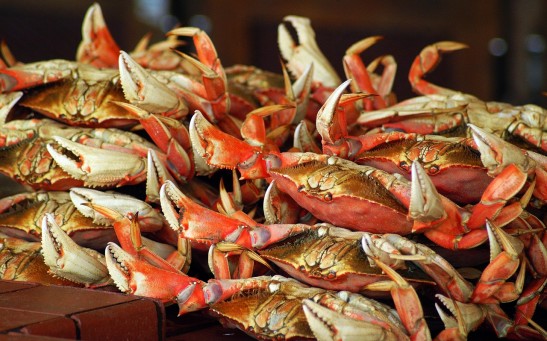Crustaceans
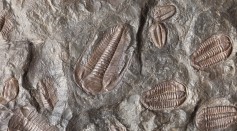
Three-Eyed Creature Related to Crustaceans and Insects Could Shed Light on Early Arthropod Evolution
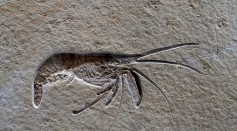
Daphnia Pulicaria: Old Crustaceans Sequence Entire Genomes of 54 Diverse Individuals From Different Generation
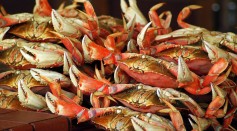
Sustainable, Biodegradable Battery Made From Crab Shells Might Be the Future for Renewable Energy

Ancient Trilobites Grew and Aged Like Modern Crustaceans
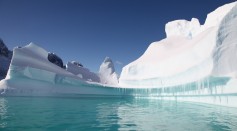
Scientists Found a 'Hidden World' 1,600-Foot Underneath the Thick Ice in Antarctica
Underwater Cables Attract Crabs: How Do Biological Changes Result from Electromagnetic Field Emitted by Renewable Energy?
Mini-Robot Analyzes Mantis Shrimp Punches, Explores Potential for Robotics, Devices
Red Crabs Washing Ashore the West Coast Reveals Devastating Truth Underwater
Genome Sequence of Lobster Hides Cancer-Free Secrets According to Marine Biologists
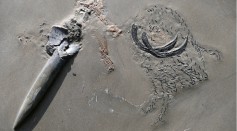
Mystery Jurassic Predator's Left-Over Meal Includes a Cephalopod Eating a Crustacean
Experts Reveal How Insects Formed Its Wings
‘Harry Potter’ Underwater: J.K Rowling’s Characters Derived As Crustacean’s Name
Port of Los Angeles Reveals a New Resident of the City—A Roly Poly Pillbug Species
Scientists Discover Life 2,500 Feet Below Antarctic Ice
Most Popular

How Technology Is Changing the Real Estate Industry?

How a Plant-Based Diet Can Protect Against Breast Cancer: Insights from Nutrition Research

Study Reveals High Turnover in Scientific Research Careers: What This Means for Future Scientists

Why It's So Difficult to Lose Weight: The Biological Explanation Behind Obesity

